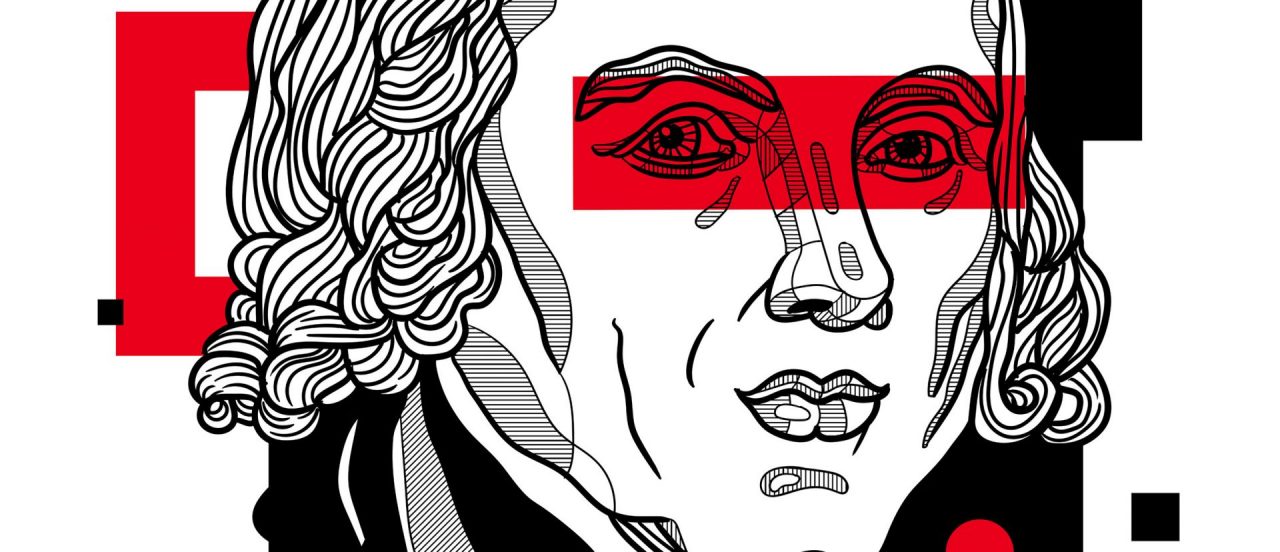This essay challenges the claim that President James Madison, the namesake of the Trump Administration’s “New Madison” Approach to Antitrust and Intellectual Property Law, was an advocate for strong patent rights unrestrained by the limitations of antitrust law. While Madison supported the authority of Congress to grant patents to inventors, this view was widely shared by his contemporaries. Rather than advocating for strong patent rights, Madison’s writings reveal that he was concerned about the “exorbitant gains” that patents and other monopolies could confer upon their holders, while at the same time preventing individuals from exercising their trades. Most importantly, Madison formulated his views a full century before the enactment of the antitrust laws, in an economic environment in which private firms could not acquire market power absent governmentally-issued monopolies. This suggests that Madison is an inapt namesake for the policies of a federal agency that is charged with enforcing the antitrust laws today. For all of these reasons, the “New Madison” approach is plainly “Not” Madison, and the continued misuse of this label distorts the views of a major figure in American Constitutional history.
By Jorge L. Contreras1
In March 2018, Makan Delrahim, President Donald Trump’s Assistant Attorney General for the U.S. Department of Justice Antitrust Division, delivered a speech titled “The New Madison Approach to Antitrust and Intell
...THIS ARTICLE IS NOT AVAILABLE FOR IP ADDRESS 216.73.216.23
Please verify email or join us
to access premium content!

